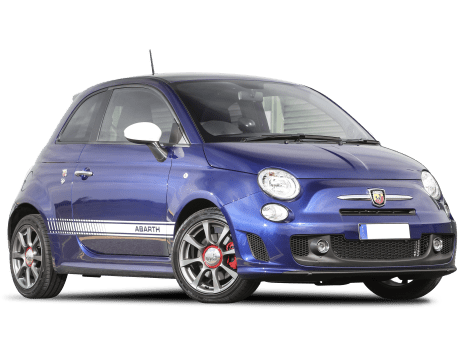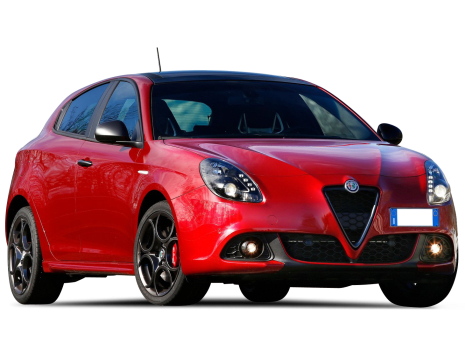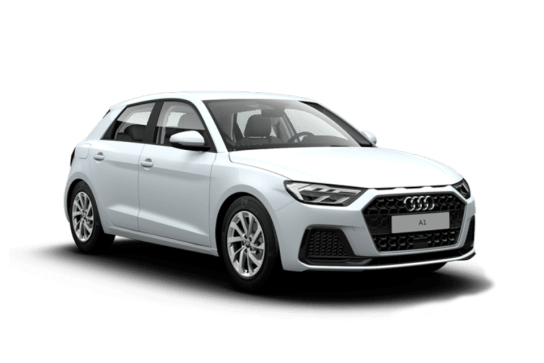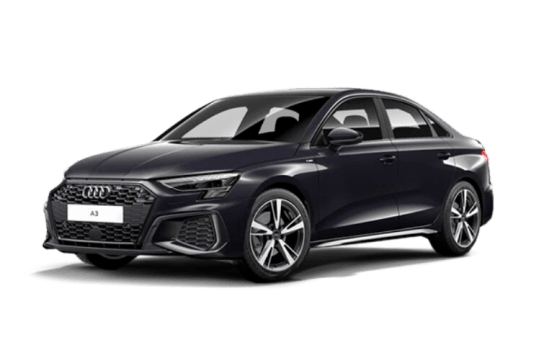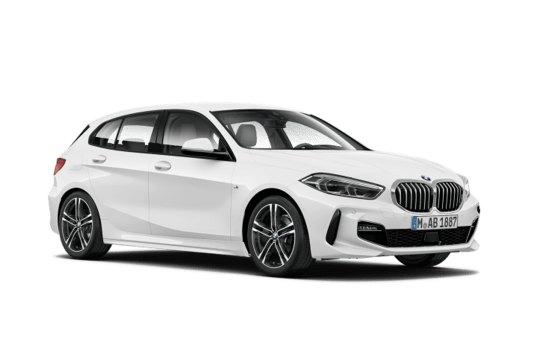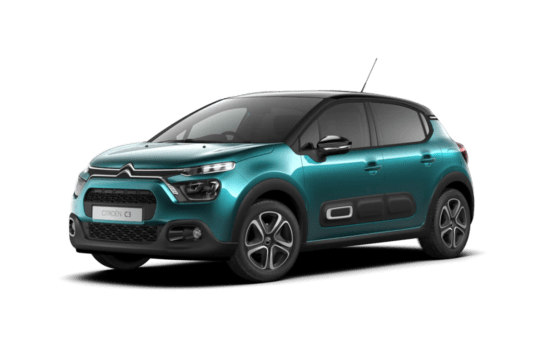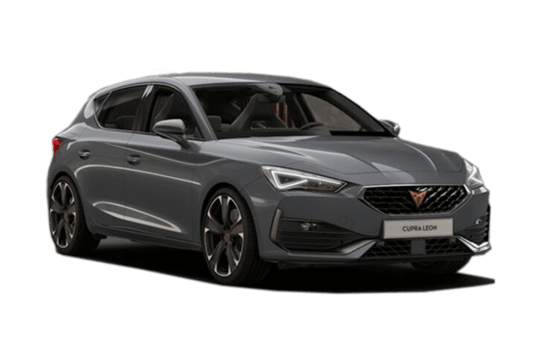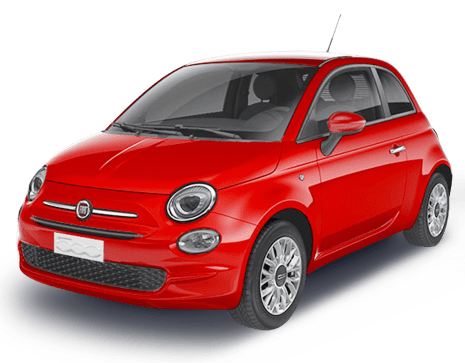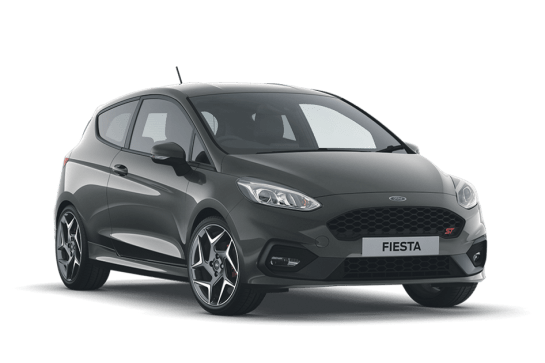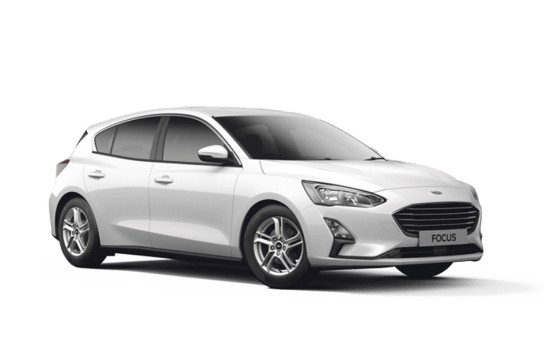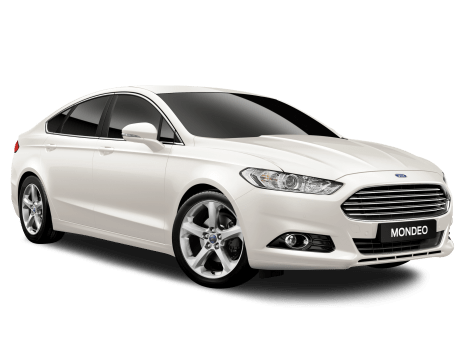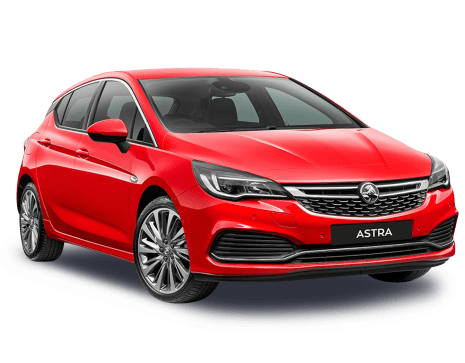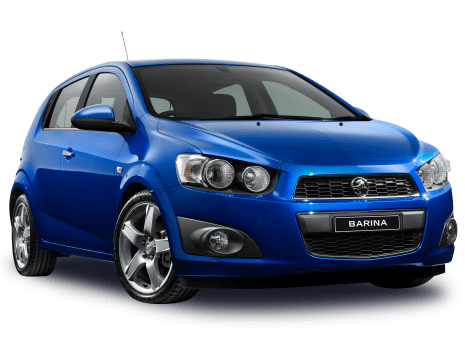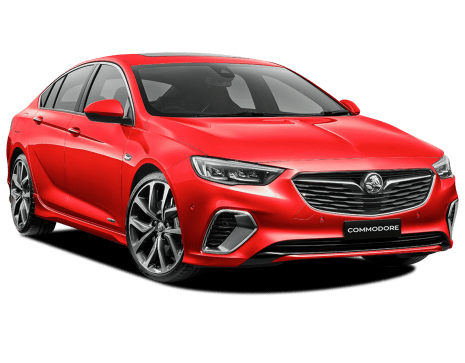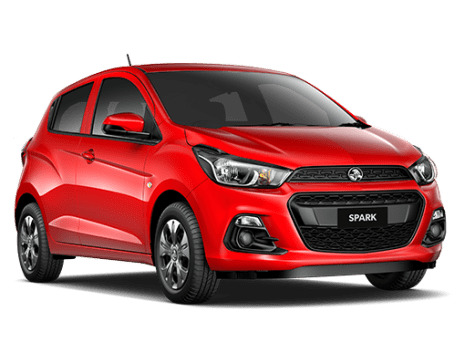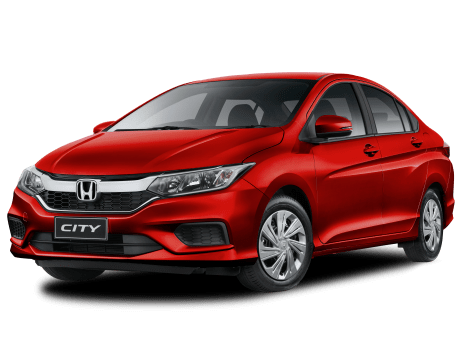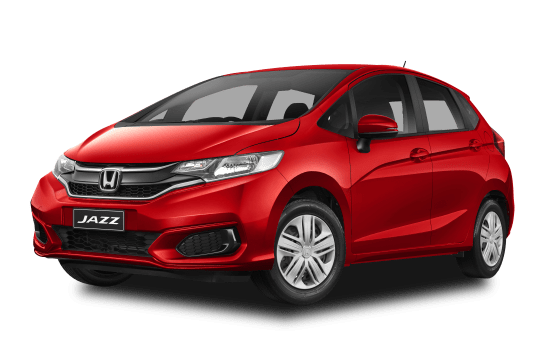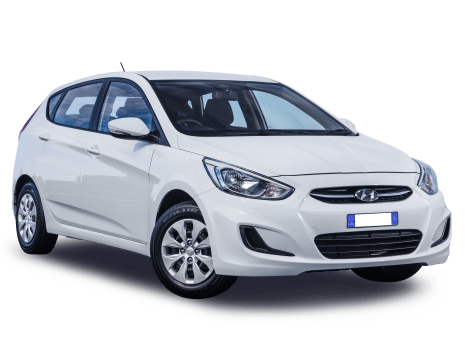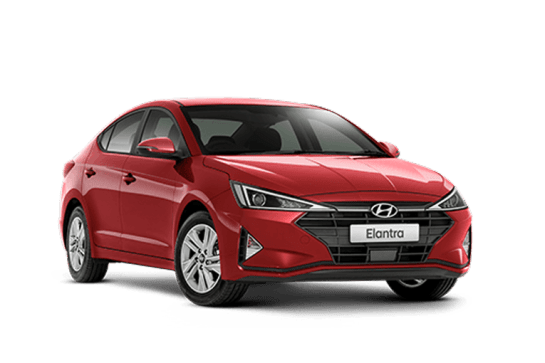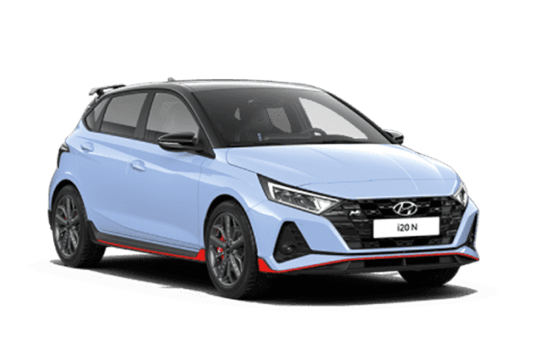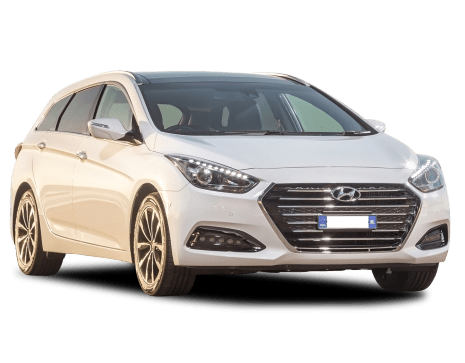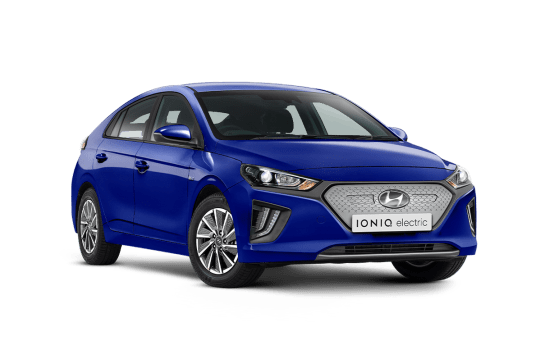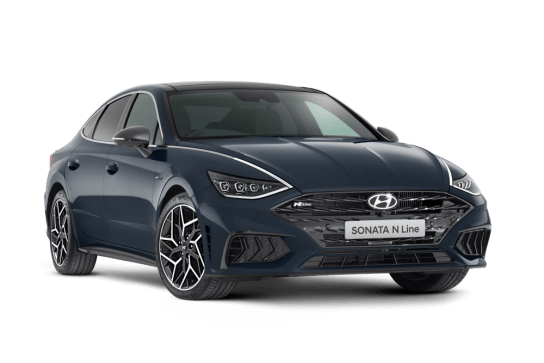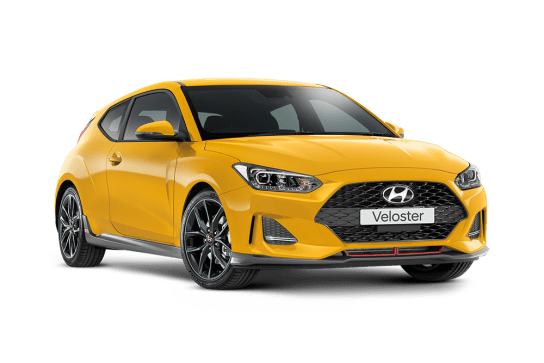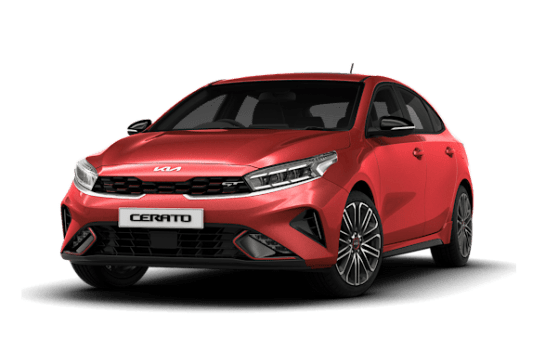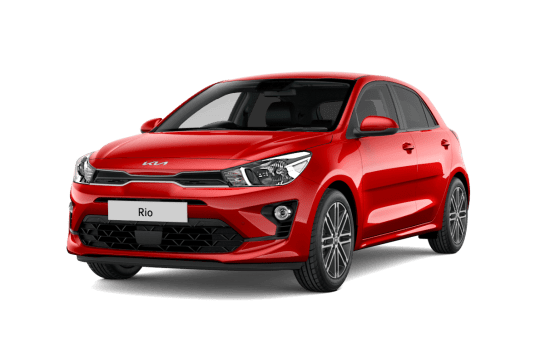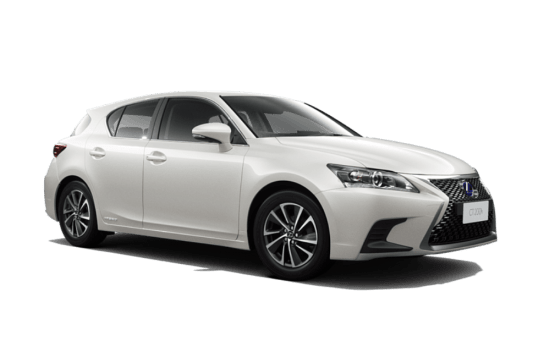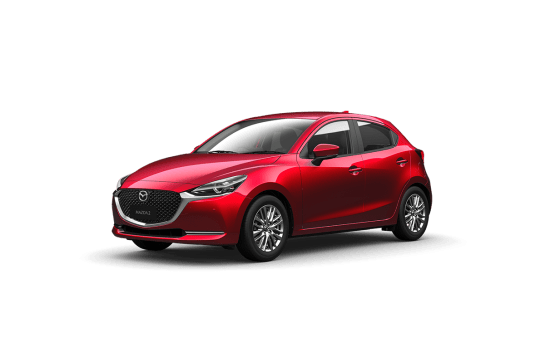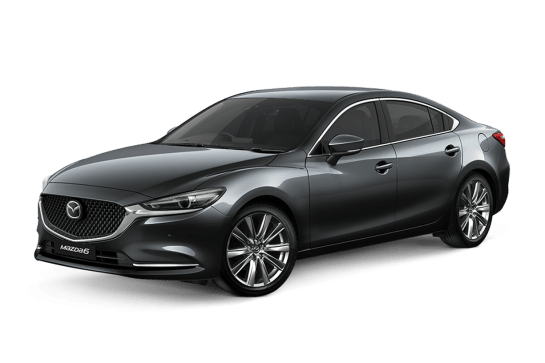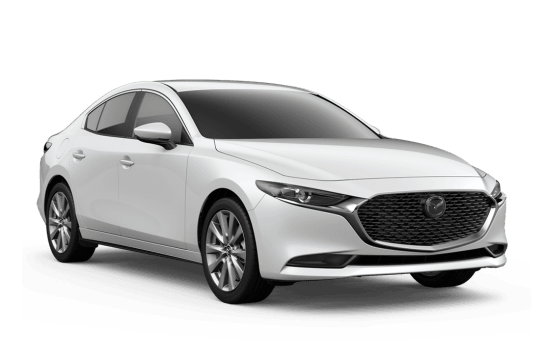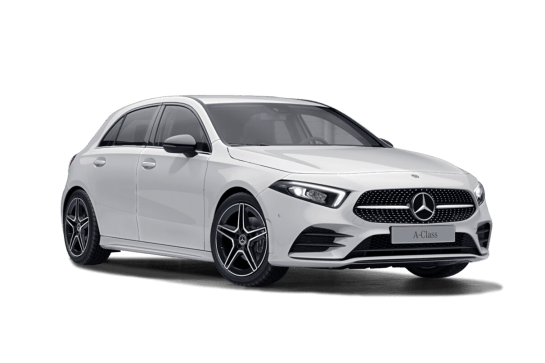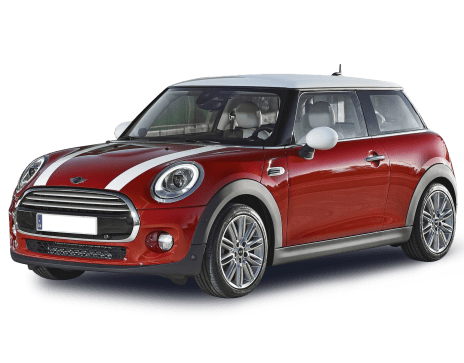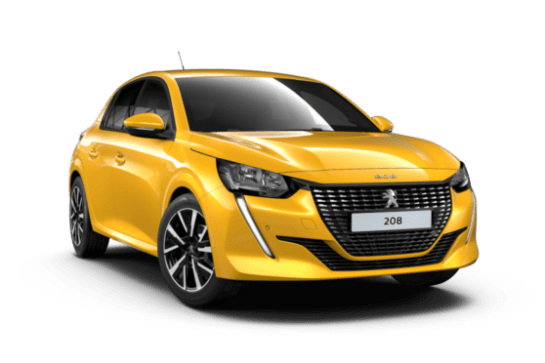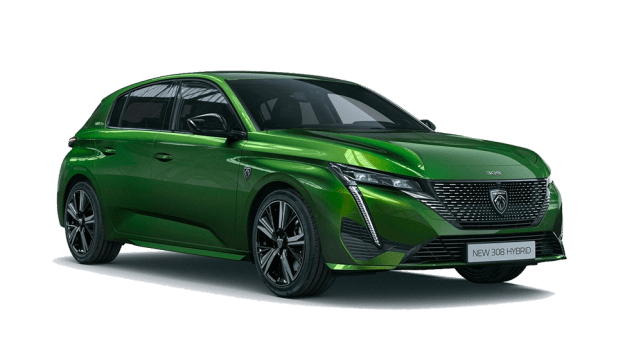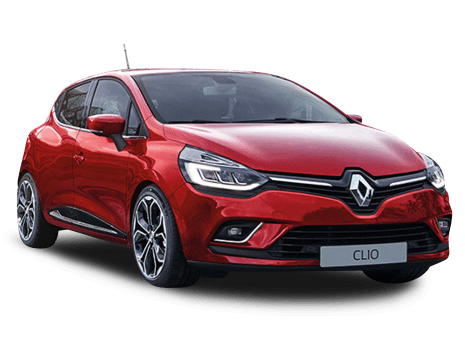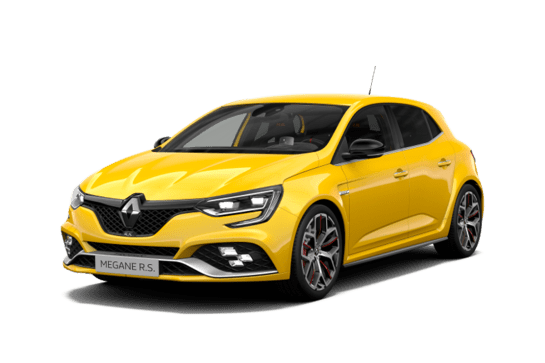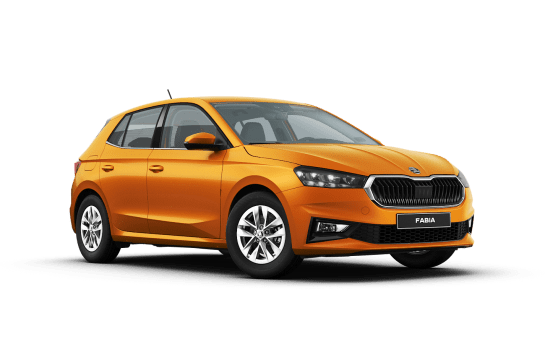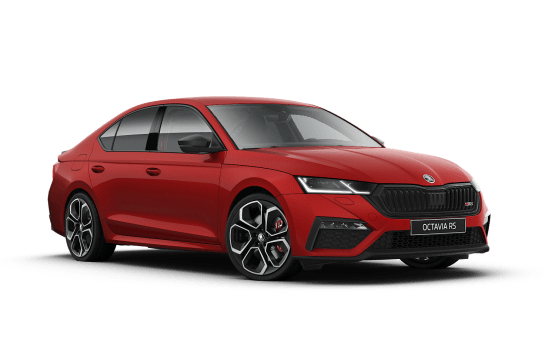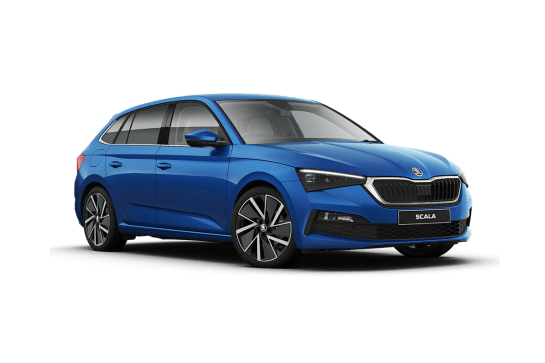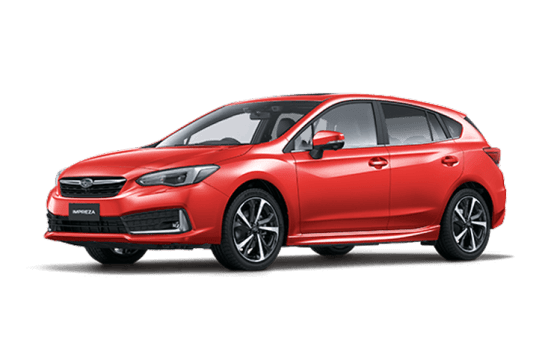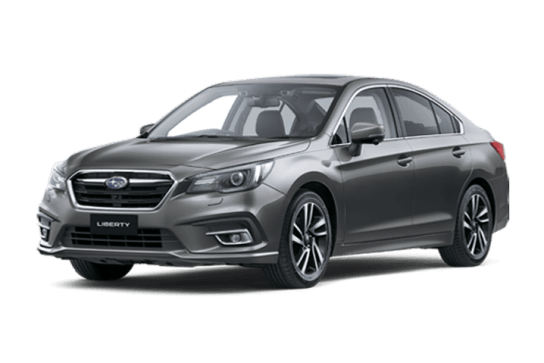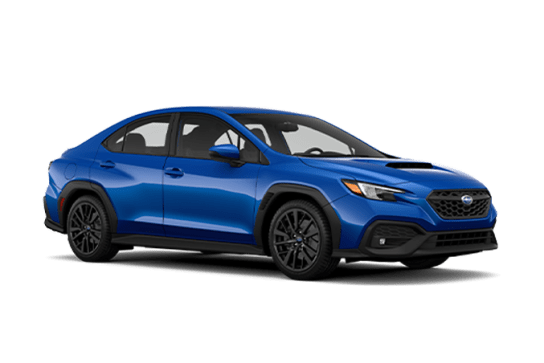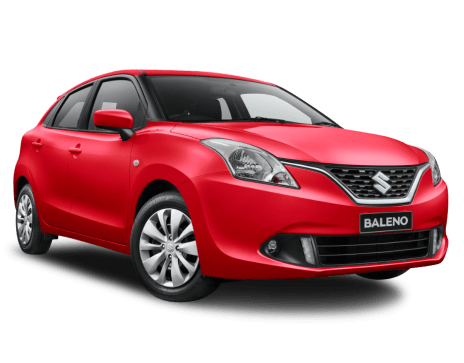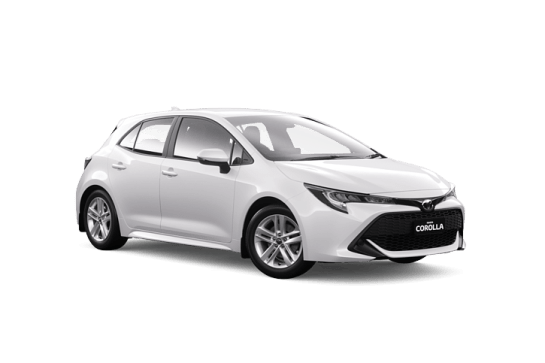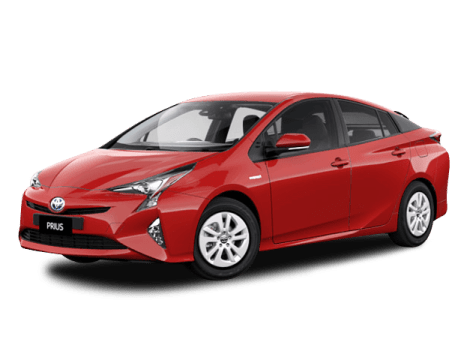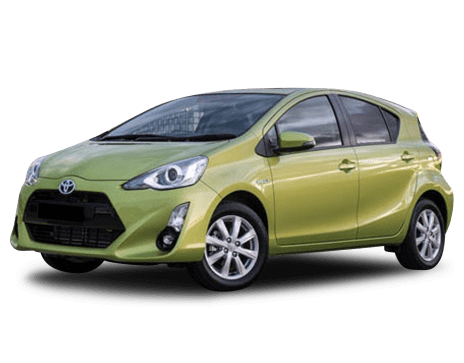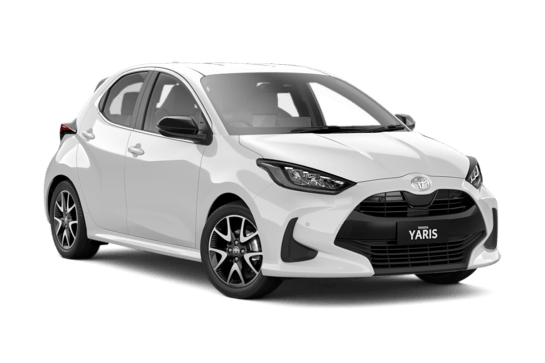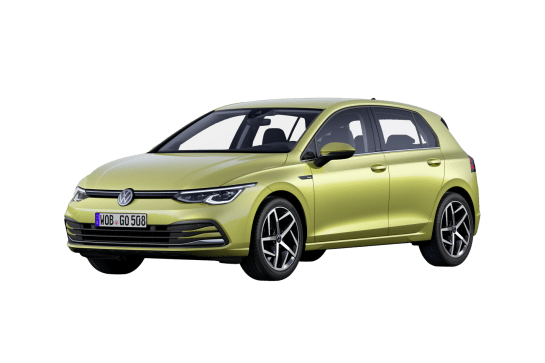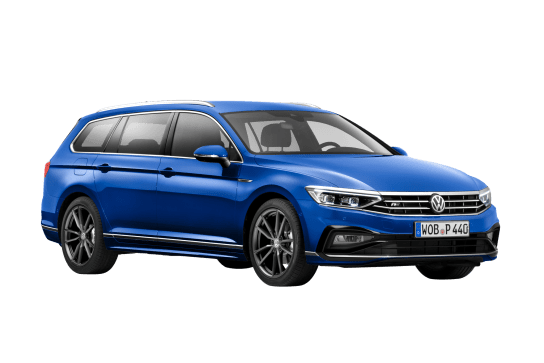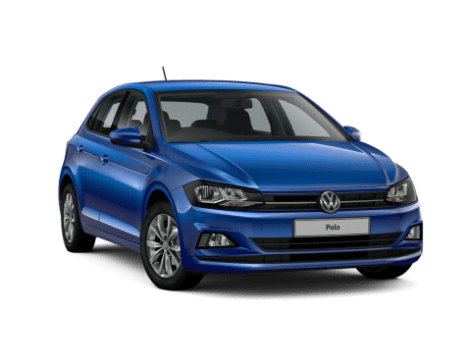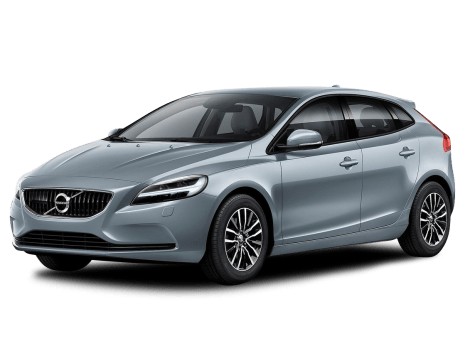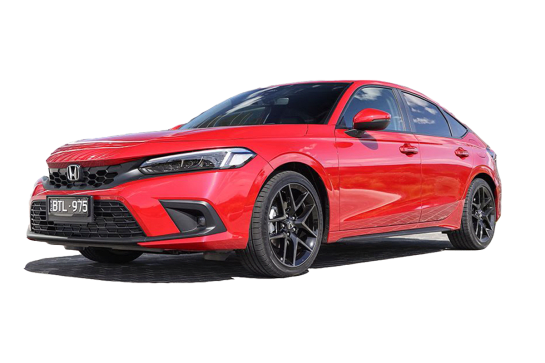
Honda Civic VS Subaru Liberty
Honda Civic
Likes
- Great interior
- Lovely chassis
- Excellent engine
Dislikes
- Missing some safety gear
- Tight access to boot space
- Old media software
Subaru Liberty
Likes
- Great value across the range
- Safety isn't an optional extra
- Spacious
Dislikes
- Not as good to drive as rivals
- No sat nav in base model
- Ride is questionable
Summary
Honda Civic
The Honda Civic's 10th generation is drawing to an end. Well, I say that, but there's still a pretty solid chance that the 11th generation won't quite be here this time next year.
I make the point because we've already seen a "prototype" for series 11 of the Honda Civic Story, but also because we won't actually get the car we've seen – the sedan. Just 20 per cent of Civic sales go to the booted version and then you have to merge that data with the rise of SUVs, both with Honda buyers and the market at large.
Things is, I think the sedan is the better of two for a variety of reasons which I will explain below. I also think the Civic, despite its advancing "age" (four years isn't really that long in the current climate) is still a fairly sensible choice among its peers, which include some serious competition.
| Safety rating | |
|---|---|
| Engine Type | 1.5L turbo |
| Fuel Type | Regular Unleaded Petrol |
| Fuel Efficiency | 6L/100km |
| Seating | 5 seats |
Subaru Liberty
Trust me, this is the updated 2018 Subaru Liberty. I know, it looks really similar, doesn't it?
But this is the facelifted version that has just launched in Australia with a range of changes which, despite appearances, are more substantial than you might think.
There are still three variants available, and there are still four-cylinder and six-cylinder models to choose from.
How about I stop blabbering and give you the detailed rundown on what makes the 2018 Subaru Liberty better than its predecessor... and in some ways, not quite as good.
| Safety rating | |
|---|---|
| Engine Type | 2.5L |
| Fuel Type | Premium Unleaded Petrol |
| Fuel Efficiency | 7.3L/100km |
| Seating | 5 seats |
Verdict
Honda Civic7.3/10
As a car to drive, the Honda Civic feels great. It had a good start, but the later addition of the turbo 1.5 and the continuous honing of the chassis, steering and driveline – an endearing, unheralded trait that Mazda and Honda do so well – has taken what was a solid car and turned it into one I'd genuinely consider owning, even in this wild orange colour.
What it doesn't have is a full suite of safety systems, which is a real shame, because its main rivals do. Some of us are happy to forego things such as reverse cross-traffic alert and some are not. If you can, the Civic sedan should be in the reckoning. And the clock is ticking.
Subaru Liberty7.3/10
The Subaru Liberty 2018 model is improved in plenty of ways, but the drive experience mightn't excite everyone out there. If you care more about what you're getting for your money than you do about how a car drives, it's hard to argue against a car like this. It comes well equipped across all three grades, but the smart money would probably be on the 2.5i Premium as the pick of the range.
Let us know what you think. Is the Liberty a car you'd consider? Tell us in the comments section below.
Design
Honda Civic
Making fun of the Civic's over-supply of angles and lines is really very easy, so for once I'll refrain. Partly because the sedan is better than the hatch in this respect and also because – somehow – I have become quite fond of its wacky face. The sedan's profile is also more flowing and, with all the RS piano black and extra aggro (which ironically means yet more lines and angles), it sat much more happily in my camera lens than before. I wonder if the Civic's controversial looks have aged well in the same way Chris Bangle BMWs have? Because we're all suddenly pretty fond of those now, aren't we?
My changed opinion is bound to infuriate Honda's designers who have cleaned up the Civic for its next version. At this point I should mention that the sedan is on its last legs here in Australia – we won't be getting the next one.
The interior is as good-looking as it is practical. I still don't like the angles of the gauges in the left and right sections of the dash, but the central digital dash section is really good and easy on the eye. The RS picks up some subtle features like the strip of chequered flag fabric on the seats. It's a nice, clean look and I like the use of metallic materials on the climate controls and the stereo. It's a very calm interior, quite a contrast to the exterior.
Subaru Liberty7/10
Not a massive change, is it?
At a glance, there isn't much difference between this updated Liberty and the predecessor version which went on sale here in late 2014.
But in fact there have been plenty of subtle adjustments to the styling, including a new, wider grille with different styling elements, new bumpers front and rear (including a rear diffuser), new headlights including adaptive LEDs and auto high-beam on high-spec models like this one, and there are redesigned wing mirrors.
There's no sporty model bearing STI badges with a body kit, rear spoiler and side skirts - but you can get a genuine mesh front grille, some stylish 18-inch rims, and a few STI bits from the Subaru Accessories catalogue.
That last change might sound like a minor one, but the wing mirrors now sit a little closer to help cut wind noise, and there's a new LED indicator on the outer shell.
Overall, the Liberty is entirely inoffensive to look at, though some might find the current generation version's styling to be a little too focused on American buyer tastes - it is conservative and conforms to mid-size sedan norms in terms of its dimensions, without pushing the boundaries.
But this update - particularly those new headlights - adds a little breath freshener midway through the date that is a life-cycle of a car.
However, there are more important changes to talk about inside the cabin - you can check them out in our interior photos... or read about them below.
Practicality
Honda Civic
The Civic's cabin is swimming in space and and filled with comfortable seats and lots of storage.
The back seat is super-spacious as it has been forever. Having driven the i30 Sedan last week, I'm having difficulty splitting the two for legroom and lounging space. Where the Civic loses out – and it's close – is in rear headroom.
There are four cupholders and bottle holders and a massive central bin between the front seats, big enough to conceal the massive new PlayStation 5 (okay, maybe not that big, but it it certainly looks big enough).
The boot holds a gigantic-for-a-small sedan 519 litres with the seats in place. Honda doesn't supply a total figure with the seats down, but it will be a lot. The opening for the bootlid is a little tight, so don't get too excited at Ikea.
Subaru Liberty8/10
The Liberty is already known as one of the roomier mid-size models in the class, with better backseat space than a Mazda6, for example.
And that hasn't changed this time around, as there's easily enough legroom and headroom for 183cm (six-foot) adults like me (behind my own driving position I had about five centimetres between my knees and the seat ahead, and the same between my head and the ceiling).
And if you have small children, the dual ISOFIX points and three top tether anchors will be handy.
Plus the essentials are all covered - there are cup and bottle holders where there should be (a flip-down armrest with cupholders in the back seat, a pair of cupholders between the front seats, plus bottle holders in all four doors), and loose item storage is well sorted, too.
Those spending time in the back seat will appreciate the newly-added pair of USB ports, which will make long-distance drives go by a lot easier (for parents, in particular).
Up front it all looks a big more flash, because there are some material tweaks, including piano black finishes here and there, and extra stitching as well. I particularly like the new climate control knobs, which have little digital displays in them - a bit like an Audi.
There's a new, brighter and more impressive looking media system, which measures 8.0 inches in the top two variants, and those models get built in sat nav, too. The base car has a 6.5-inch screen without nav.
All models now have Apple CarPlay and Android Auto, and the media system is largely very good to use and simple, too... though the old one wasn't all that bad to begin with.
The boot space is a family-friendly 493 litres in capacity, which is a bit more than you get in some mid-size SUVs - yes, sedans can still be family friendly. Being a sedan there is no option for a cargo barrier, but you can get things like roof rails/roof racks with ski holders, bike holders and surfboard carriers. A boot liner and floor mats would be money well spent.
And there are some other elements that make this updated Liberty model a great choice for mums and dads, because it's packed with safety equipment. Read about that below.
Price and features
Honda Civic
The Civic RS price has slowly crept north, along with the prices of its mostly Korean rivals, now at $34,090. It's a fair bit more than the Ford Focus ST-Line, but you can't get a sedan version of that and infuriatingly neither can you get the wagon.
The RS has 18-inch alloys, a 10-speaker stereo, faux leather seats (nothing wrong with that), auto LED headlights and DRLs, dual-zone climate control, reversing camera, front and rear parking sensors, keyless entry and start, electric driver's seat, auto headlights and wipers and a space-saver spare.
The 7.0-inch matte-finished touchscreen runs Honda's homage-to-the-80s software package that is bolstered by the presence of Apple CarPlay and Android Auto. It also has DAB, which is a nice touch, but it is missing built-in sat nav, which most of its rivals have.
Subaru Liberty7/10
The price list for the 2018 Subaru Liberty hasn't moved very much. There are still three variants available, and below is a comparison of the models in the range - our version of a price guide as to how much you should expect to pay (prices before on-road costs).
Opening the range is the entry-level model, the 2.5i. It lists at an identical point to its predecessor, at $30,240.
The 2.5i has a 6.5-inch touchscreen without satellite navigation, but it has Bluetooth phone and audio streaming, Apple CarPlay and Android Auto (so you can use your phone as your navigation system), CD player, a sound system with six speakers, dual front USB ports and a pair of rear USBs for backseat passengers - ultra handy for keeping devices charged up on long roadtrips.
Other specification highlights include dual-zone climate control, a leather steering wheel with paddle-shifters, auto headlights and auto wipers, front fog-lights, seven airbags (dual front, front side, curtain and driver's knee) and rear tinted windows. The wheels are 18-inch alloys on this spec, and every one in the range, and the Liberty 2.5i has two drive modes - 'Sport' and 'Intelligent'.
The next step up is the 2.5i Premium, a fairly sizeable jump up the money ladder at $36,640. But you get quite a bit more stuff for the extra expenditure.
The 2.5i Premium adds LED headlights with steering responsiveness and adaptive high-beam lights, as well as LED daytime running lights (DRLs). Those LED DRLs are on the entry-grade models too, but the main headlights are halogen units.
In the 2.5i Premium you get an 8.0-inch screen with integrated GPS/navigation (and still with Apple CarPlay and Android Auto), plus leather seats, heated front seats, electric front seat adjustment (driver's seat with adjustable lumbar), an electric sunroof, powered and heated folding side mirrors, front wipers with de-icing function, keyless entry with push-button start, electric boot opening and closing and piano black interior trim highlights.
The flagship model is the 3.6R, which is listed at $43,140. As well as getting a bigger six-cylinder engine, the 3.6R has a few unique items when compared to the 2.5i Premium.
The 3.6R model includes a three-mode drive select system (Sport# - sport sharp – mode added), and it also gets chrome side sill garnishes and a 12-speaker haman/kardon sound system (with subwoofer).
There is no digital radio on any Liberty model.
I've already covered a few of the options you can choose from the accessories list - it's pretty extensive, but you won't find a bull bar or nudge bar on there.
As for colours? There is one new hue to choose compared to the pre-facelift model - 'Crimson Red Pearl' - and you'll still have the choice of black, blue (x2), white, silver, grey (x2), brown (x2), and Subaru doesn't ask buyers to splurge any more cash for the colour they choose.
Under the bonnet
Honda Civic
The 1.5-litre four-cylinder has a light pressure turbo bolted in to produce 127kW at 5500rpm and 220Nm between 1700-5500rpm. Those numbers are 23kW and 46Nm up on the 1.8-litre, which goes without the turbo.
You can let the continuously variable transmission (CVT) look after the turning of the front wheels or if you're feeling sporty – not an unreasonable expectation if you've picked the RS – you can use the paddle shifters which tell the computer to put some fake gears into the box for you to shift up and down.
Subaru Liberty7/10
Outputs of the two petrol engines remain the same as they were before.
The entry-level 2.5-litre four-cylinder 'boxer' horizontally-opposed engine produces 129kW of power and 235Nm of torque. It can only be had with a continuously variable transmission (CVT) auto, which has a seven-speed manual mode. Those engine specs are unchanged.
The 2.5-litre drivetrain have been tweaked for better response, and the CVT auto has seen some changes, too.
At the top of the range is the single 3.6R model, for those who like their engine size in XL.
While competitors are moving towards turbo engines for their high-end models - the Kia Optima, Hyundai Sonata and updated Mazda6, for example - the Liberty's high-end motor is a six-cylinder.
It isn't on its own in that regard - Toyota reintroduced a six-pot to its Camry model for 2018 because the Aurion was axed - but the specifications haven't changed for the 3.6-litre horizontally-opposed six-cylinder in the Liberty, which still has 191kW of power and 350Nm of torque. It also has a CVT.
Both the 2.5 and 3.6 models come with a timing chain, not a timing belt.
Every Liberty remains all-wheel-drive (AWD, as opposed to 4x4 or 4WD), which gives it a unique selling proposition in the segment. But if you prefer a manual gearbox and a clutch, you're out of luck - every Liberty has a CVT automatic transmission. Likewise a diesel - no dice.
Towing capacity is rated at 750kg for a trailer without brakes, and 1500kg for a braked trailer for the 2.5i. The 3.6R can deal with 1800kg of weight for a braked trailer.
Efficiency
Honda Civic
Honda's official testing suggets a combined cycle figure of 6.3L/100km which is lower than the 1.8-litre, a nice bonus when you have all that extra power to play with. My week with the Civic was mostly suburb-bound and I scored a respectable (indicated) 8.2L/100km.
Subaru Liberty7/10
The 2.5i model still uses 7.3 litres per 100 kilometres, so the changes made to the engine and transmission haven't affected its claimed fuel consumption - we can't vouch for what it'll use in the real world, as our time was spent in the 3.6R.
That six-cylinder version has a claimed consumption figure of 9.9L/100km, and - pleasingly - I saw a 9.8L/100km economy rating displayed on the trip computer during my time in the car, which consisted of highway commuting, urban to-and-fro and some country sprints, too.
The fuel tank capacity is 60 litres.
Driving
Honda Civic
This iteration of the Civic has been with us for a while now. I wasn't absolutely sure about it when I first drove it – that was partly down to the less-than-stellar 1.8 and an at-times doughy CVT.
Over the years I've been very lucky to drop my posterior into two, three or even four Civics per year. During that time I have noted some subtle changes, such as the CVT's more attentive nature and the progressive improvement of the ride on particularly bumpy surfaces, such as Sydney's concreted arterial roads.
The RS itself is no different mechanically to the other 1.5-litre turbo-engined cars in the range (it's an entire engine's worth of power short of the madcap Type R) but over the years, that has meant good things. I've always liked the low-set driving position, it's lower than many hot hatches. You sit in and down in the Civic and it feels quite sporty.
Turn the wheel and it's all very positive, with a very pleasant ride and handling balance. The CVT is still a CVT but, especially in the turbo, it has more grab off the line and doesn't indulge in flaring as you'd find in a Subaru, turbo or not. It's actually fun to drive, especially if you draft in the paddles to do some work.
But it's also a car you need never provoke to enjoy driving. The comfortable ride and secure handling make it the kind of car anyone can like. The steering wheel is just right, the controls all feel really nice to use and touch. There's nothing particularly flashy about the Civic apart from its looks, but it's such a comfortable car with a super-solid feel to its engineering.
The main advantage of the turbo engine is that it doesn't have to work as hard as the 1.8 to keep the Civic moving. The extra torque is always there and makes it a much more relaxed car around town than the 1.8-powered Civics, while giving you the extra grunt to push out into traffic, or pull off a tricky overtake.
Subaru Liberty7/10
Subaru has made a bunch of little changes to the Liberty that should have made it better to drive. But I'm not sure the amendments have been for the better, at least in the case of the 3.6R I drove.
I'm not saying it's not good to drive - in some situations it's entirely fine - but the Japanese brand says it tweaked the suspension so it doesn't rebound as abruptly after a bump, which will in turn improve the way it handles. To me it felt a lot clumsier than before.
Ride comfort on the highway is fine, if a little boaty, but it's when you hit a section of potholes, or roll over a sharper-edged speed-hump that you notice the suspension attempting to move the 18-inch wheels over the surface, but failing to do so without feeling utterly flummoxed.
There is longitudinal and lateral wobble, the front-end will crash and send a harrowing thump sound into the cabin, and the worst bit is that it still feels fidgety at times.
Let me just say this: it isn't unbearable, but I sure didn't find it pleasantly comfortable or particularly controlled.
Fortunately the all-wheel-drive system helps ensure excellent traction in corners or when it's wet, and the Dunlop SP Sport tyres wrapped around the 18-inch alloy wheels hang on with heaps of grip.
In contrast to the suspension, the steering - which has been tweaked for more linear response, particularly at higher speeds - is good, assuring the driver most situations. There is some kickback over mid-corner bumpy sections, but it's never violent.
The brakes have been improved with better pedal feel, which further adds to the peace of mind offered from the Liberty.
As for the powertrain, the 3.6-litre engine is a delightfully refined and reasonably punchy thing. You won't break any land-speed records with its acceleration, but with a 0-100 time of about 7.2 seconds, its performance is brisk enough.
It can be caught out a little when you stand on the throttle from a stop and that has more to do with the transmission than the engine itself, but it is manageable, and once you hit about 2000rpm it starts to sing. In the most aggressive drive mode, S# (Sport Sharp, which is reserved for the six-cylinder in the Liberty range), it is properly fast, yet remains quiet.
The vast majority of buyers choose the more affordable 2.5i models, which makes a lot of sense. And while we haven't tested the updated 2.5i drivetrain in the Liberty, it is vastly improved in the Outback.
While the Liberty has AWD, it doesn't have terrific ground clearance (150mm), and while you could fit it with air suspension and head off road if you wanted, it wouldn't be advised.
Safety
Honda Civic
All Civics come with six airbags, ABS, stability and traction controls.
The Honda Sense package adds forward collision warning, forward AEB (high and low speed), lane departure warning and lane keep assist.
One of my favourite Honda quirks is LaneWatch. Flick the indicator for a left-hand turn and the media screen displays the output of a camera pointed down the left-hand side of the car. It's still too bright at night, but you can disable it or tap the button on the end of the indicator stalk to cancel it.
You also get two ISOFIX anchors and three top-tether points.
The Civic sedan was last assessed by ANCAP in April 2017 and scored five stars.
Subaru Liberty9/10
The Subaru Liberty retains the same five-star ANCAP score it managed back in 2015, with a reverse camera as standard in all models, plus the fitment of seven airbags (dual front, front side, curtain and driver's knee). There are no parking sensors on any model, though.
Plus the entire range has Subaru's 'EyeSight' safety kit, which uses a pair of cameras mounted on the windscreen and can warn the driver of pedestrians or cars, braking the car if it needs to - now up to 50km/h, where it used to be 30km/h.
There is also lane-keeping assist (which will warn the driver if they are straying from their lane), adaptive cruise control with brake light recognition and forward vehicle move-off alert (handy if you take your eyes away from the road), and the 2.5i Premium and 3.6R models get a forward-view camera and side-view camera, which help when parking.
Blind-spot monitoring and rear cross-traffic alert is fitted to the top two models, along with adaptive LED headlights with auto high-beam.
Despite the extensive equipment list, there are a couple of notable omissions - no model comes with parking sensors or automated parking assistance, and while the smaller Impreza and XV models have been updated with a reverse auto-braking system with obstacle detection, the Liberty hasn't got that.
Ownership
Honda Civic
Hondas ship with a five-year/unlimited kilometre warranty, which is competitive as more and more manufacturers consider this a minimum.
The "Tailored Servicing" program caps nine of the first 10 services at $281, with just one service jumping to $310. That's reasonable value for a turbo engine, except servicing is every 12 months or 10,000km. That means more than one trip per year to the dealer if you drive more than 10,000km per year.
Subaru Liberty6/10
Service costs for the Liberty is dependent on the model you choose. The 3.6R model requires a check-up at 5000km that will cost you just over $250, where the 2.5i doesn't need that.
After that, servicing is due every six months or 12,500km, which is quite frequent by modern-day standards - especially for cars that don't have turbochargers. And the service costs aren't that good, either, with the brand's capped-price coverage - three years/75,000km - costing you $2281.66 if you buy the 2.5i and $2711.42 for the 3.6R.
That's more than a lot of luxury European cars. But it may be best to get those stamps in your owners manual from a Subaru specialist if you're worried about resale value.
The Subaru warranty program doesn't set any benchmarks, either, spanning three years/unlimited kilometres.
Check out our Subaru Liberty problems page for issues relating to faults and reliability concerns.


